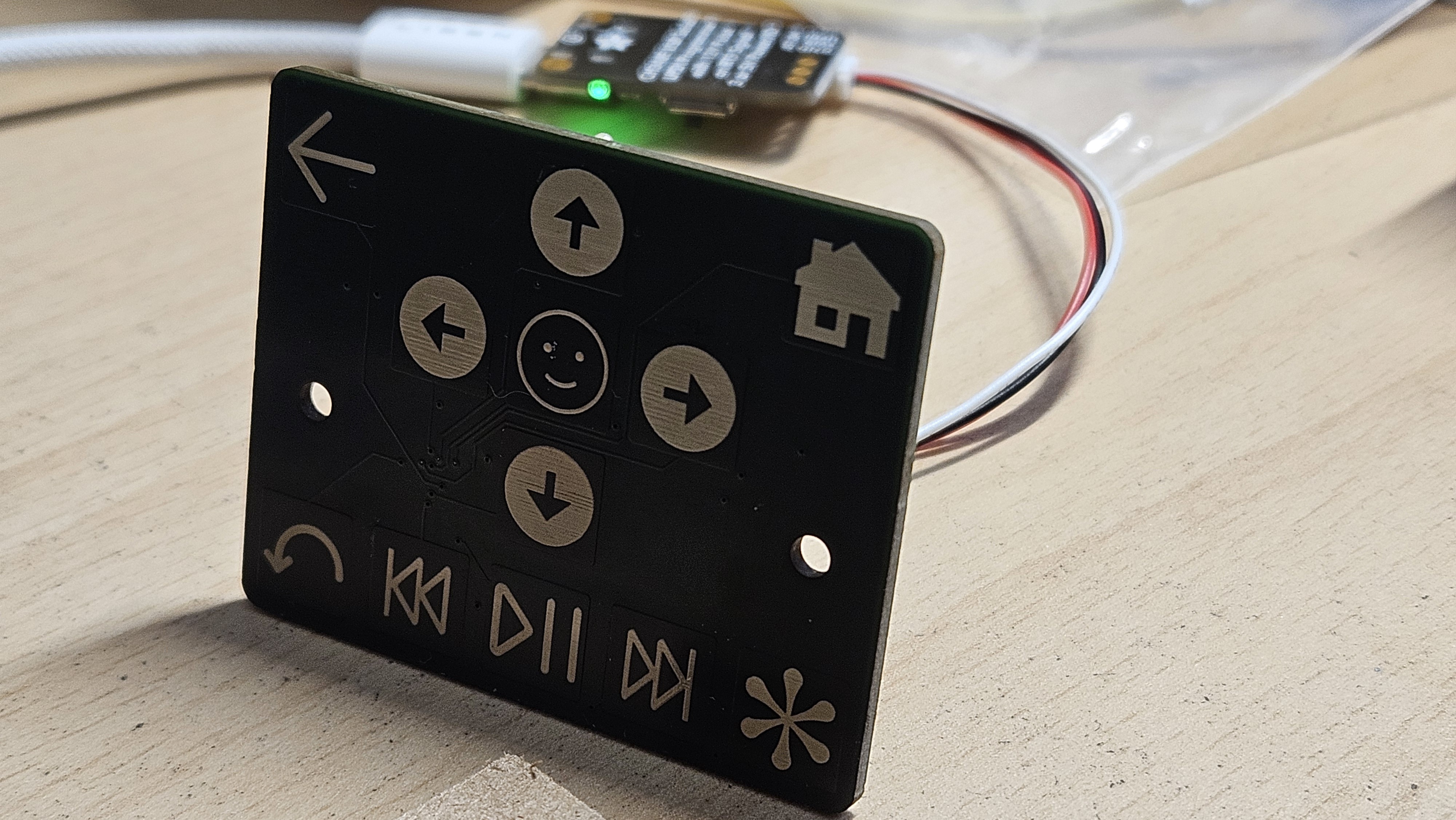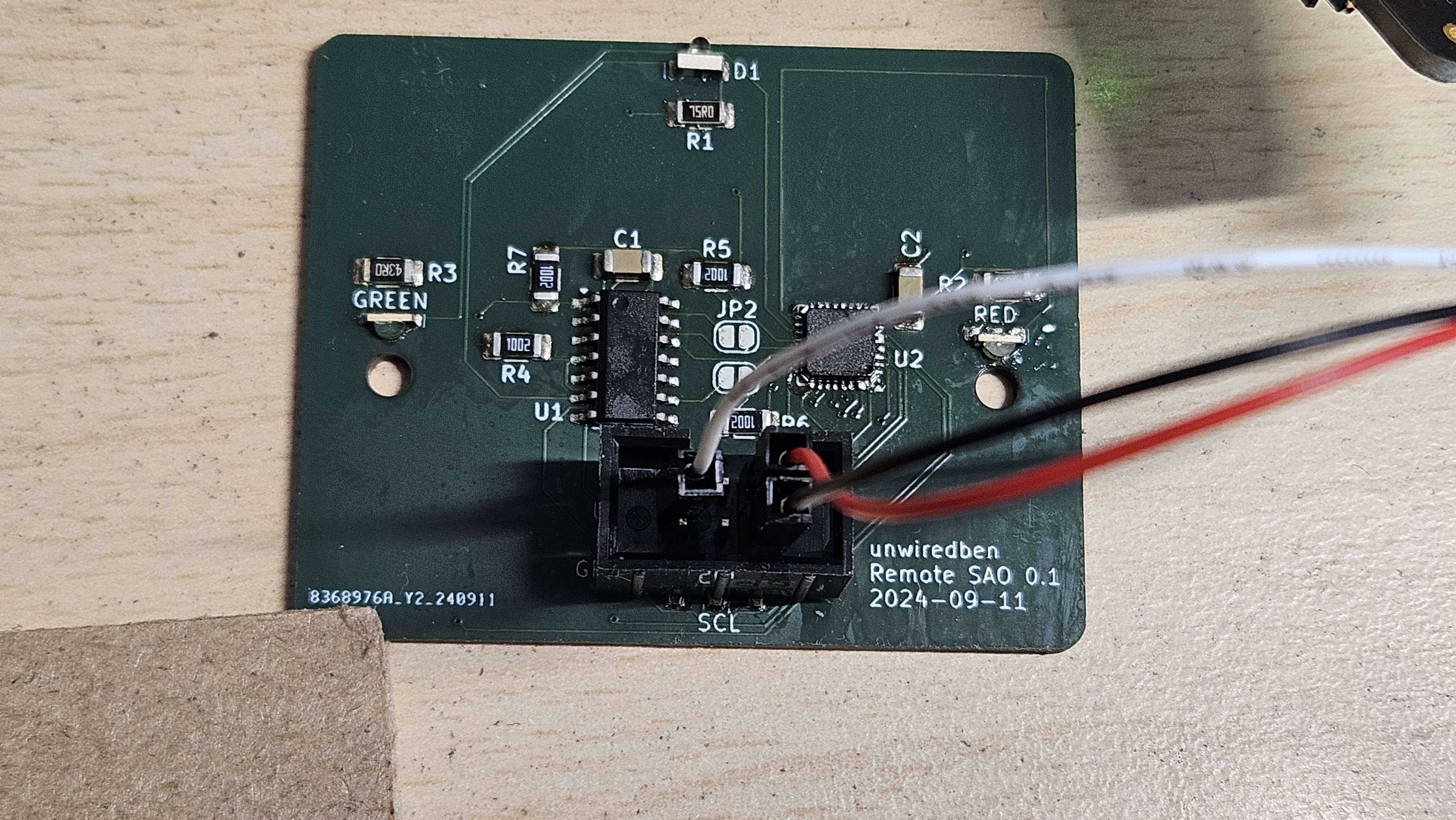While I was on a work trip, my boards and stencil arrived from JLCPCB. It took a while for this delivery, as I used the slowest shipping, something I won't repeat.
The order was sent on September 11, the manufacturing was done on 9/14 but not passed on to the shipping company until 9/16, then took nine days to get on a plane from Hong Kong to Illinois, then get shipped down to Georgetown, TX, then it took two days for them to be transferred to the USPS, and another day to my front door.
Part of the problem was that I ordered a stencil with the board. The stencil proved very useful to solder it up, but I didn't realize that JLCPCB had only one size and it's enormous. I was expecting something a little larger than the board, but it was a 380mm x 280mm giant, wedged between pieces of hardboard. That explains the $7 cost and the big addition to the shipping cost.
This was my first time using a hotplate for SMD, and it went pretty well. I picked up a 100mm x 100mm hotplate from Amazon a month ago, and it worked well, but I wasn't quite sure what setting to use. I picked 350C and waited for board to reflow, but wasn't quite sure how long to leave it on, so my silkscreen got a little burnt, losing it's bright white appearance. The hotplate comes up to temperature fairly quickly, but takes a while to lose temp. On inspection, the only parts I needed to fixup were some bridges on the QFP32 touch controller and reworking the red LED. The LEDs are all side mounted, which makes placing them by hand a little awkward.
Here's the completed board!


So far, I've successfully programmed the ATTiny 1614 using the UPDI programmer from AdaFruit, but I neglected to hook up a visible LED directly to the ATTiny, so it's hard to tell if code is running well. By pure luck, I chose the TX line to hook up to GPIO2 on the SAO connector, so I managed to get serial output by just moving the programmer's pin between the two GPIO pins.
My next step is getting some I2C communications going and verifying that the CAP1114 is working. I'll setup a simple loop to test all the touchpads and blink the two LEDs connected to the CPA1114. After that works, I've got to integrate the IR code sending logic, and then I'll have a working SAO, although it doesn't yet do anything with the I2C input.
 Ben Combee
Ben Combee
Discussions
Become a Hackaday.io Member
Create an account to leave a comment. Already have an account? Log In.